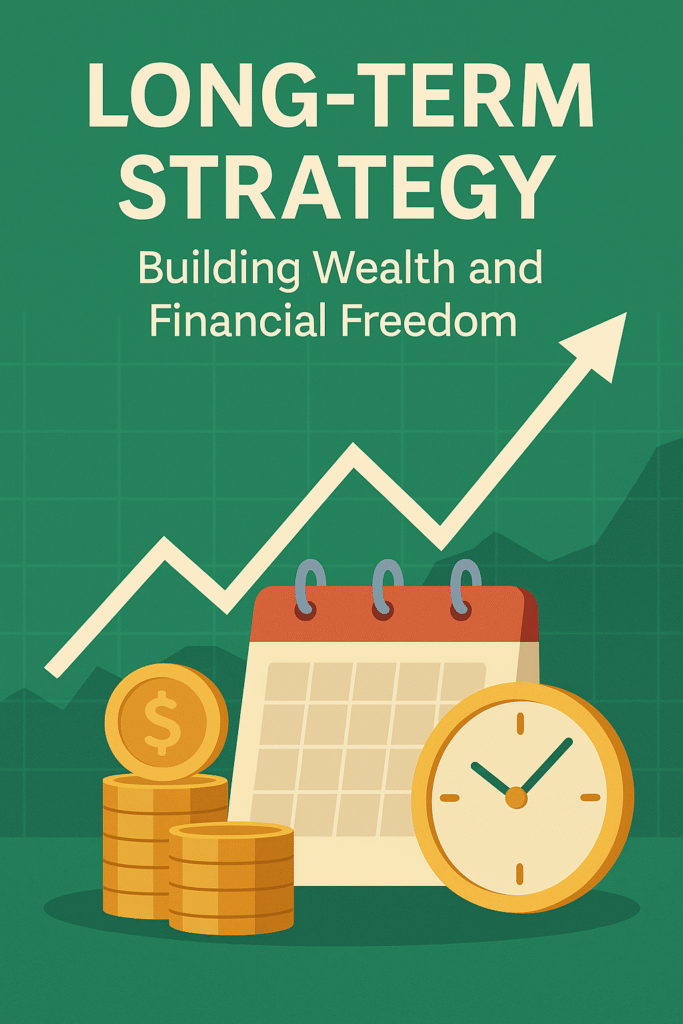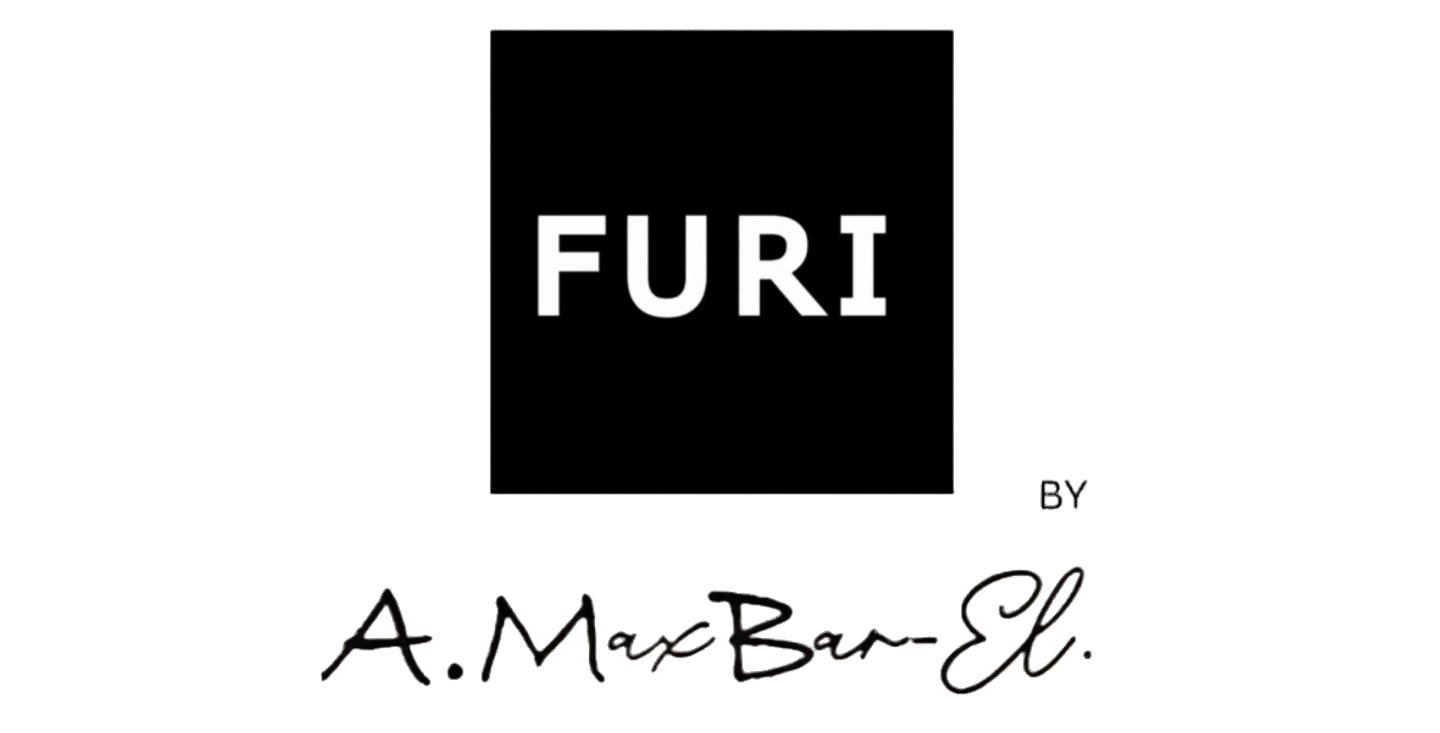
Chapter 3 – Long-Term Strategy: Building Wealth and Financial Freedom
Saving gives you stability. Investing grows your capital. But true wealth — the kind that allows you to live life on your own terms — is built through a long-term strategy. The biggest mistake most investors make is not that they choose bad assets; it’s that they lack a vision measured in decades. Markets fluctuate, economies shift, but time and discipline remain undefeated. That’s why in The Intuitive Investor, this final chapter focuses on how to think beyond years — and start thinking in generations.
Financial freedom isn’t about never working again. It’s about having the ability to choose when, where, and how you work — or if you want to work at all. It’s the moment when your investments start paying your bills. But that doesn’t happen by accident. It comes from understanding how compounding works and from refusing to interrupt it with impulsive decisions. As Investor.gov’s compound interest calculator shows, consistent contributions over time matter far more than timing the market.
A long-term investment strategy balances growth, income, and safety. For most investors, this means:
- Building a diversified core portfolio using low-cost ETFs like Vanguard’s VTI or Fidelity’s FXAIX.
- Allocating a percentage to fixed income (Treasuries, high-grade bonds) for stability, available at TreasuryDirect.gov.
- Investing in real estate through REITs for passive income and inflation protection.
- Including a small exposure to emerging sectors such as AI, quantum computing, and biotech — the industries shaping the next decade.
Each of these layers plays a role in your freedom blueprint. The key is consistency. The act of investing regularly, even small amounts, matters more than the size of any single investment.
Diversification isn’t just about owning many things; it’s about owning different kinds of things. When tech falls, bonds may rise. When stocks stagnate, real estate or commodities can shine. That’s why the best investors, from Warren Buffett to JL Collins, emphasize simplicity, patience, and broad diversification. The goal is not to predict the future — it’s to be positioned no matter what the future brings.
But strategy alone isn’t enough. You need the right mindset. Investing is emotional. It’s easy to buy when markets are euphoric, but the real test comes when prices drop and fear dominates headlines. The data is clear: those who stay invested outperform those who panic. Vanguard research shows that consistent investors — those who contribute through bull and bear markets — build dramatically larger portfolios over time than those who try to time every move.
That’s why I believe financial success is 20% knowledge and 80% behavior. Anyone can learn what a stock or ETF is. But few people can stay calm when the market falls 30%. If you can, you already have a competitive edge. And that’s what FURI – Follow Your Intuitions means in investing: trusting the plan you’ve built, staying patient, and remembering why you started.
If I could leave you with one thought, it’s this: wealth is a process, not a moment. It’s built through intention, patience, and time. Every dollar you invest today is a seed of freedom for your future self. And the longer you let those seeds grow, the more abundant your life becomes. Your intuition is your compass; your discipline is the engine. Together, they’ll lead you exactly where you’re meant to be — free.
References & Further Reading
- Investor.gov – Compound Interest Calculator
- Vanguard – Index Funds & Retirement Planning
- Fidelity – Long-Term Investment Tools
- U.S. Treasury – TreasuryDirect
- Nareit – Real Estate Investment Trust Education
- Berkshire Hathaway – Warren Buffett’s Annual Letters
- JL Collins – The Simple Path to Wealth (Stock Series)
- Vanguard – Staying the Course Research
- Chapter 1 – Financial Education & Saving (FollowFURI)
- Chapter 2 – Smart Investments in 2025 (FollowFURI)
- FOLLOWFURI.COM – Official Site
